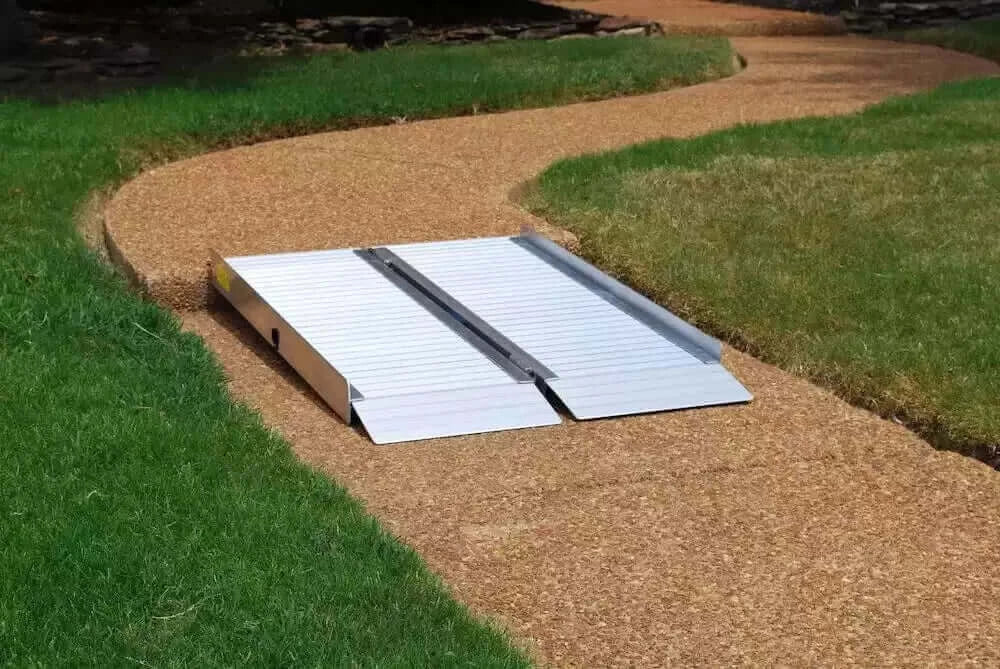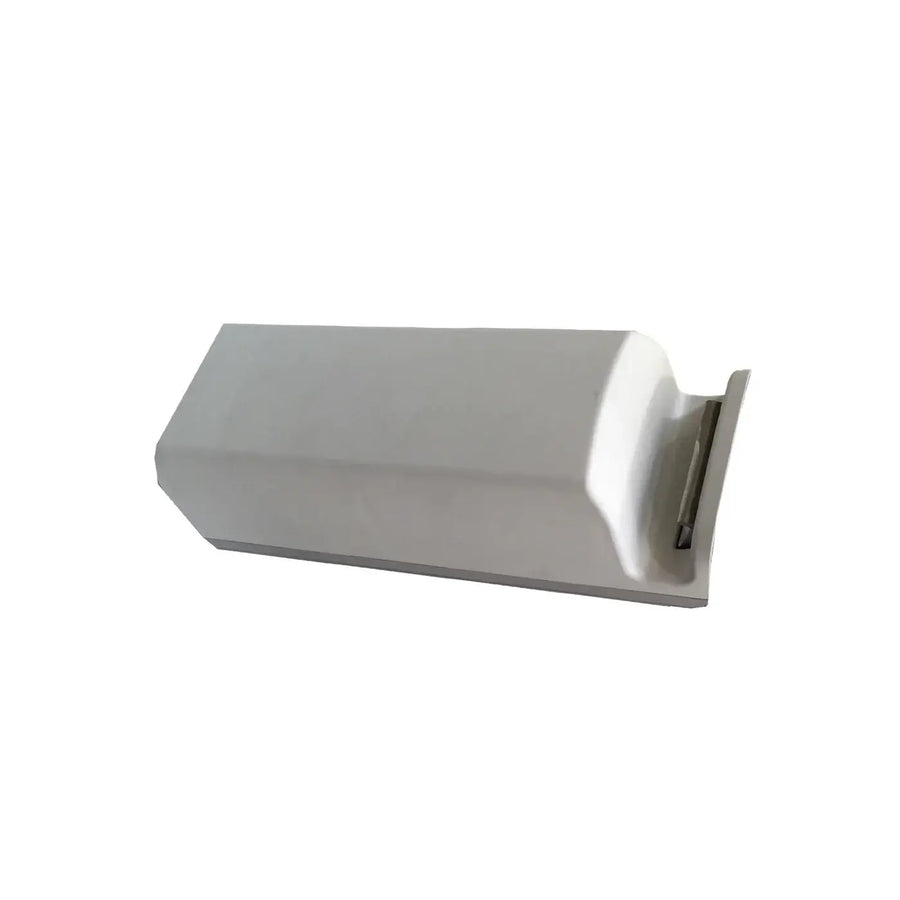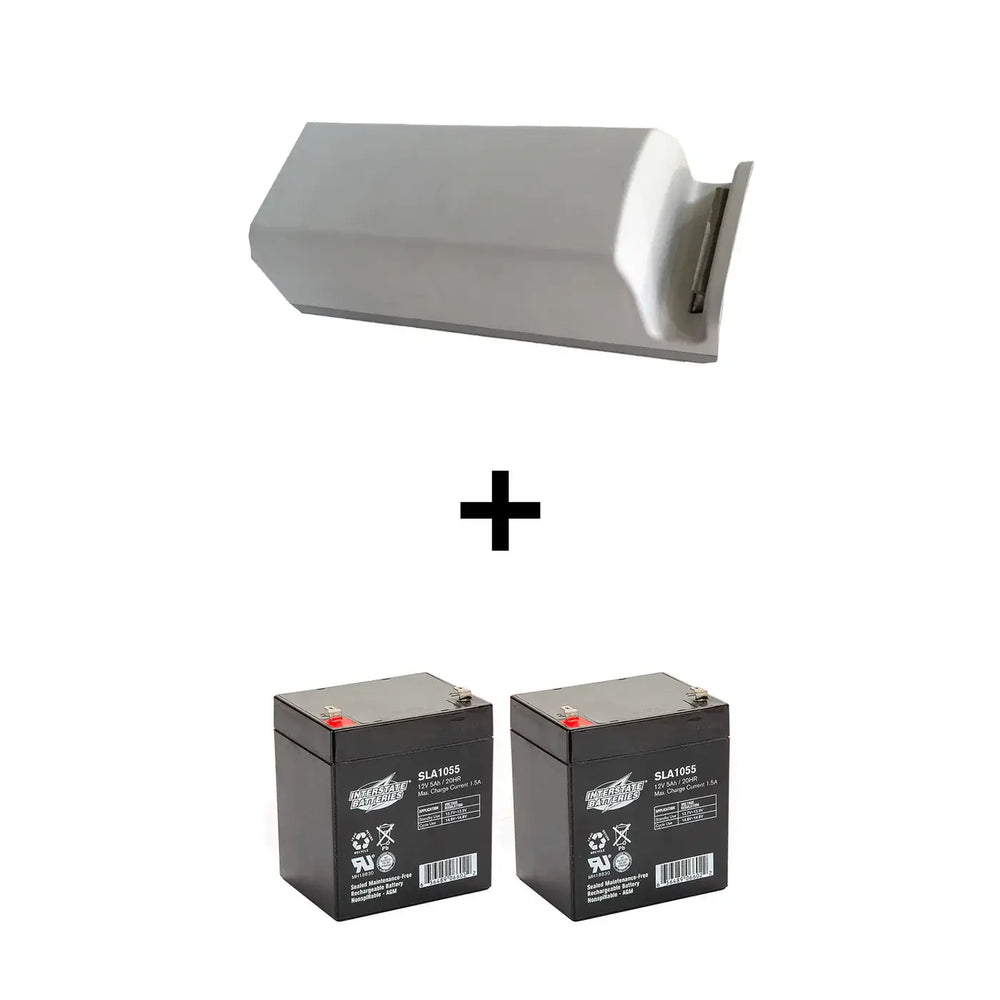The Ultimate Guide to Choosing the Right Mobility Equipment for Wheelchair Access
Understanding the importance of mobility equipment for wheelchair access
Wheelchair access is essential for people with mobility issues to move around freely and independently. Mobility equipment such as ramps, stairlifts, and platform lifts can make a significant difference in providing access to different areas for wheelchair users. Properly equipped spaces can enhance the quality of life for individuals with mobility challenges and allow them to participate more fully in everyday activities. In addition, having the right mobility equipment can also promote inclusivity and accessibility within different environments, ensuring that everyone has equal opportunities to navigate various spaces.

Key factors to consider when choosing mobility equipment
When choosing mobility equipment, there are several key factors to consider. These include the user's specific needs and abilities, the level of customization required, the portability and ease of transport, the terrain and environment in which the equipment will be used, and the cost of maintenance and repairs. Ensuring that the mobility equipment meets the user's requirements and is suitable for their lifestyle is essential for making the right choice.
Types of mobility equipment for wheelchair access
There are various types of mobility equipment available for wheelchair access. Some of the options include:
- Wheelchair Ramps: These are portable or permanent ramps that provide easy access to buildings, vehicles, or raised areas for wheelchair users.
- Lifts and Elevators: These devices help wheelchair users move between different levels in a building, such as stair lifts, platform lifts, and home elevators.
- Transfer Aids: Devices like transfer boards, transfer belts, and sliding boards assist in transferring from a wheelchair to other surfaces such as beds, chairs, or vehicles.
- Adaptive Vehicles: These specially designed vehicles have features like wheelchair lifts, ramps, and hand controls to facilitate comfortable and independent travel for wheelchair users.
Evaluating individual mobility needs
It's essential to evaluate individual mobility needs when choosing the right mobility equipment. This will ensure that the equipment meets the specific requirements of the user, providing the right level of support and functionality. Consider factors such as the user's overall mobility levels, daily activities, and any specific challenges they may face. This assessment will help determine the most suitable type of equipment, whether it's a wheelchair, mobility scooter, or other mobility aids.
Features and specifications to look for in mobility equipment
When choosing mobility equipment, it's important to consider a few key factors to meet your specific needs. Here are some features and specifications to look for:
- Weight Capacity: Ensure the equipment can safely support your weight for long-term use.
- Adjustability: Look for equipment with adjustable features such as seat height, armrests, and footrests to maximize comfort and usability.
- Portability: Consider the equipment's portability if you need to transport it frequently, ensuring it can be easily folded or disassembled for travel.
- Durability: Choose equipment made from sturdy materials to withstand daily use and ensure a longer lifespan.
- Ease of Use: Look for intuitive controls and smooth maneuverability to make using the equipment as straightforward as possible.
Considering these features will help you find mobility equipment that meets your specific needs and offers long-term usability.
Budgeting for mobility equipment
Mobility equipment costs can vary widely, depending on the type and features you need. Manual wheelchairs generally start at around $100 and can go up to $1,000 or more for customized models. Power wheelchairs, on the other hand, can range from $1,500 to $30,000, with complex rehab models at the higher end of the price range. Mobility scooters typically cost between $600 and $5,000. Bear in mind that the final price will depend on various factors such as the type of equipment, features, and customization. It's essential to carefully consider your needs and budget to find the right mobility equipment for you.
Seeking professional advice and recommendations
Seeking professional advice and recommendations for mobility equipment is essential for finding the right fit for your needs. A mobility specialist can assess your specific requirements and provide personalized guidance on the most suitable equipment for wheelchair access. Additionally, they can offer valuable recommendations based on their expertise, ensuring that you receive the best possible assistance in selecting the appropriate mobility devices.
Test-driving and comparing different mobility equipment options
When choosing mobility equipment, it's essential to test-drive and compare different options to find the best fit for your needs. Here are some tips to help you make an informed decision:
- Test-Drive: Ensure you take the time to test-drive various mobility equipment, such as wheelchairs, mobility scooters, and walkers. This will give you a feel for how each option handles and whether it meets your comfort and mobility requirements.
- Compare Features: Compare the features of different mobility equipment, including weight capacity, maneuverability, battery life (for motorized options), adjustability, and any additional accessories or customization options.
- Consider Lifestyle: Consider your lifestyle and daily activities when comparing mobility equipment. For example, if you lead an active lifestyle and enjoy outdoors activities, a sturdy and versatile mobility scooter may be preferable to a standard wheelchair.
- Seek Professional Advice: Consult with a healthcare professional or mobility equipment specialist to get personalized recommendations based on your specific mobility needs and physical condition.
By test-driving and comparing different mobility equipment options, you can make an informed choice that enhances your independence and quality of life.
Maintenance and durability of mobility equipment
When it comes to maintaining mobility equipment, regular upkeep is essential to ensure its longevity and performance. This involves keeping the equipment clean and free from debris, checking for any loose or damaged parts, and making any necessary repairs promptly. Additionally, it's important to adhere to the manufacturer's guidelines for maintenance, including lubricating moving parts and replacing worn-out components as needed. By following these maintenance practices, you can extend the lifespan of your mobility equipment and ensure it continues to provide reliable support for your wheelchair access needs.
Making the final decision and ensuring proper installation
When making the final decision about your mobility equipment, be sure to consider your specific needs and lifestyle. It's important to get professional advice to ensure you choose the right equipment for your circumstances. Additionally, proper installation is crucial for the safe and effective use of the mobility equipment. Always rely on experienced professionals to handle the installation process for you.







Leave a comment